Learn how to make fermented buckwheat bread that uses no starter and is also gluten-free and sugar-free.
One of the greatest things I discovered after adopting plant-based diet was raw buckwheat – you can make boiled porridge, raw buckwheat porridge or ricotta, ricotta creams for cakes or to eat as is; to make cookies and pancakes, use soaked groats for buckwheat muffins and cakes, just boil for side or make patties, and even make yeast-free fermented buckwheat bread.
How to Make Fermented Buckwheat Bread
What is Buckwheat?
Buckwheat spread to Europe and Russia in the 14th and the 15th century from China, and the Dutch brought it to USA in the 17th century. Many of you might not know that buckwheat is actually not a grain, but a fruit seed related to rhubarb and sorrel and therefore is gluten-free and safe for those with celiac disease.
Buckwheat consists mainly of carbohydrates, but like seeds, it is also high in protein. Buckwheat is a very good source of manganese and a good source of magnesium, dietary fibre, copper, and phosphorus. Furthermore, it contains health-promoting flavonoids rutin and querceitin. Rutin functions with vitamin C to maintain healthy capillaries, to help heal wounds, to help form collagen in connective tissue, and to support a healthy immune system. Quercetin has antioxidant and anti-inflammatory effects.
Buckwheat groats have low glycemic index, meaning that unlike wheat flour, its carbohydrates break down slower, which make them more filling for a longer period of time, with less of an undesirable impact on blood glucose and insulin. Buckwheat groat protein also has a better structure than wheat protein, which has a poor amount of the amino acid lysine, with twice the amount of fibre compared to wheat.
The Ingredients
This fermented buckwheat bread consists of very simple wholesome ingredients.
The main component is raw buckwheat groats i.e., not roasted buckwheat.
Then, for flavour, we’re using Himalayan salt and oregano.
Finally, let’s add some sunflower seeds. However, you can use any seeds of preference or, for a leaner version, discard them altogether.
The Process
Start by soaking raw buckwheat groats overnight or at least for 2 hours. It’s very important to rinse the soaked groats well (they get slimy after soaking) and then let drain for at least 5 minutes to get the extra water out. If you don’t follow this step with scrutiny, your batter may end up too runny and the bread won’t rise.
Next, place the drained buckwheat groats into blender with 290 ml of water. Blend on low speed until smooth batter forms.
Then, pour the batter into plastic or glass bowl (do not use metal bowl). Cover the bowl with clean cloth and place into a warm oven (35°C, 95°F).
Now it’s down to letting the batter ferment for 7 hours. After 7 hours you’ll see that the batter has risen and small bubbles have formed. If you don’t see that, let it ferment a bit longer.
Then, add all the other ingredients to this buckwheat bread recipe and gently and briefly stir with wooden or plastic spoon (do not use metal spoon). Do not over-mix as the batter will lose its fluffiness.
Pour the batter into a loaf pan lined with parchment paper. By the way, you can put the bread back into warm (not hot!) oven and let it rise for another few hours or you can bake it immediately for 1 hour at 175°C (350°F).
NB! Let the bread be in the oven while it warms up and DO NOT use speed heating or fan! Count the hour from when the oven has reached the right temperature. I put the timer to 1 hour and 10 minutes as it takes 10 minutes to reach 175°C (350°F).
If you used parchment paper, you can remove the bread from pan immediately and place it on folded kitchen paper (I use four layers) to absorb the moistness. Let the bread cool for at least 30 minutes before slicing (the longer the better).
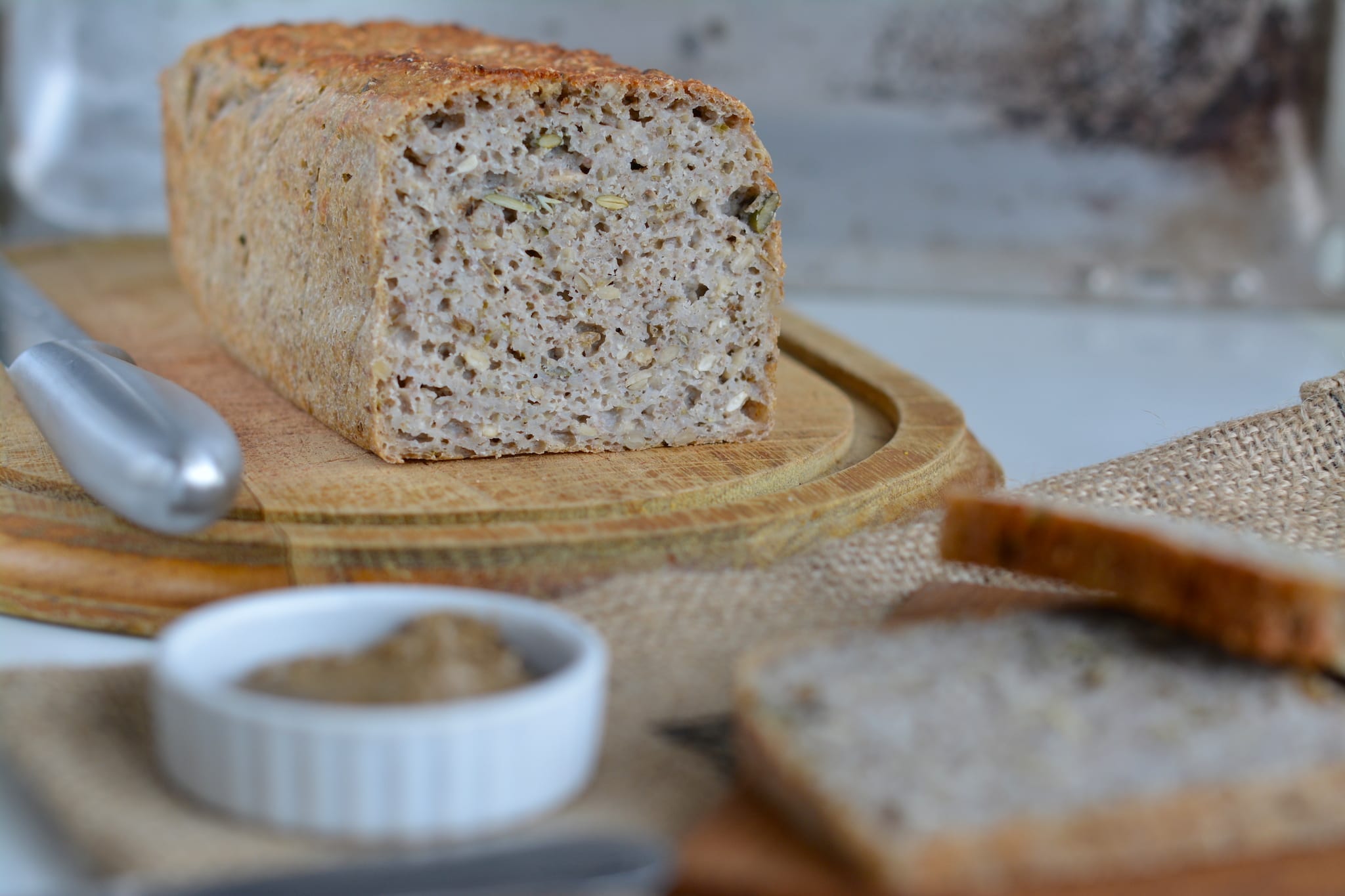
How to Serve
In my experience, freshly baked sourdough bread is so damn good that you don’t even need anything to accompany it with. However, should you disagree, here are some ideas:
Spread the bread with homemade hummus, avocado, nut or seed butter (tahini, almond butter, peanut butter, cashew butter), homemade applesauce, hummus, homemade vegan mayonnaise, or even sweet buckwheat ricotta.
In addition, top it with red cabbage coleslaw, sauerkraut, kimchi, tofu or tempeh slices, or vegan egg salad.
You can use a few or many of the options mentioned above and build an epic healthy vegan sandwich. On the photo below I used avocado spread, fermented tofu, kimchi and broccoli sprouts for delicious toasts.
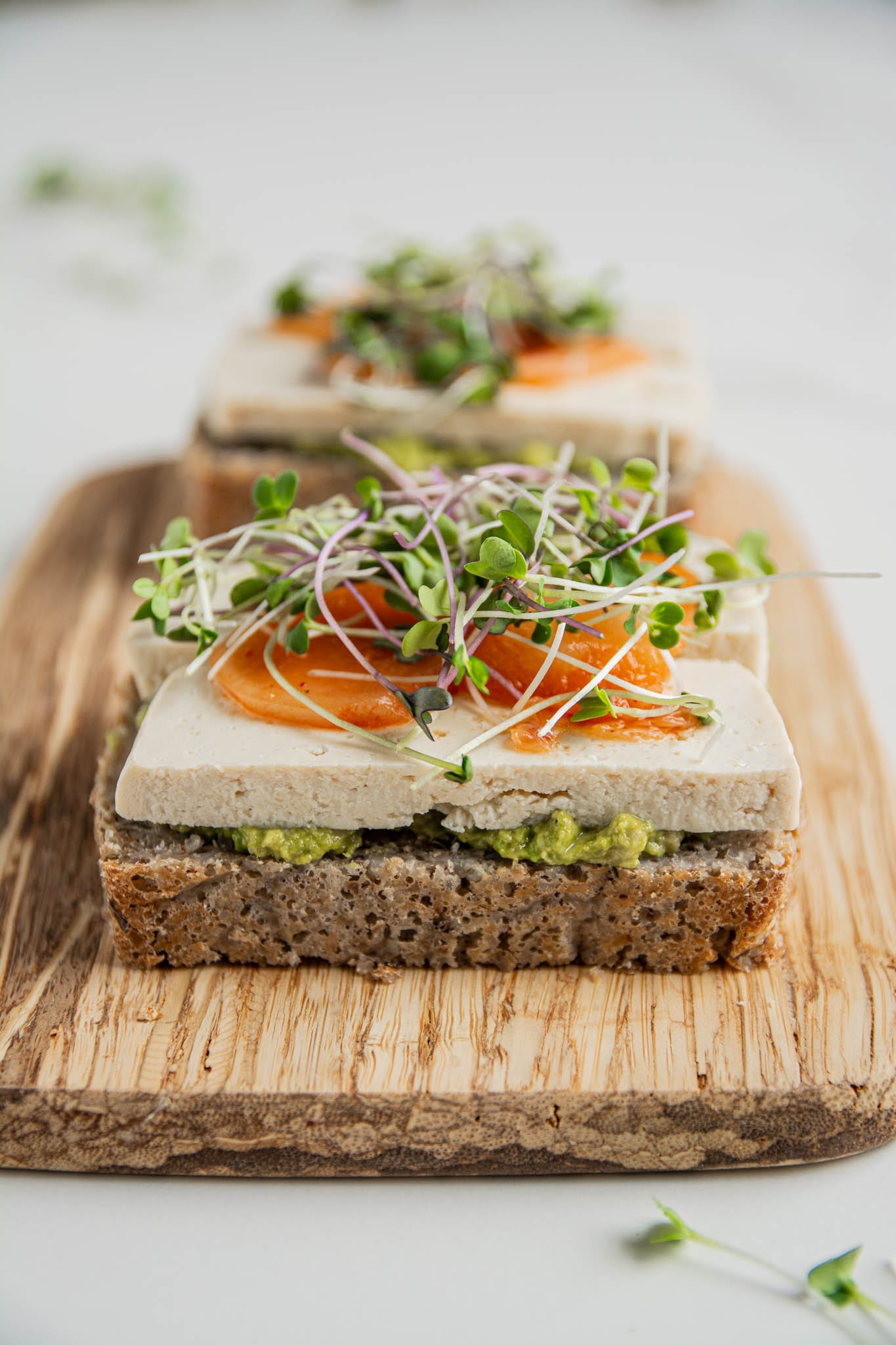
How to Store
When the bread is cooled, wrap it into a clean kitchen towel and stick it into a plastic bag to prevent losing too much moisture. It keeps well on countertop for 2 days.
For longer keeping, slice the bread up as soon as it’s cooled and store the individual slices in freezer. Heat them up in a microwave (for soft result) or in oven or toaster (for crunchy slices).
In order to toast the frozen sourdough bread slices in the oven, place them onto the rack (not on a baking sheet), set the oven to fast heat function (175°C, 350°F is enough) and timer to 10 minutes. When the time’s up, you’ll have fresh and crispy bread ready to enjoy.
I have made fermented buckwheat bread for two years now. I was a bit tired of rye bread and thought that it should be possible to ferment buckwheat as well. So, I started to search online (not to invent a wheel) and found a recipe by Concious Catering. After playing with the quantities and ingredients I developed my own favourite fermented buckwheat bread recipe.
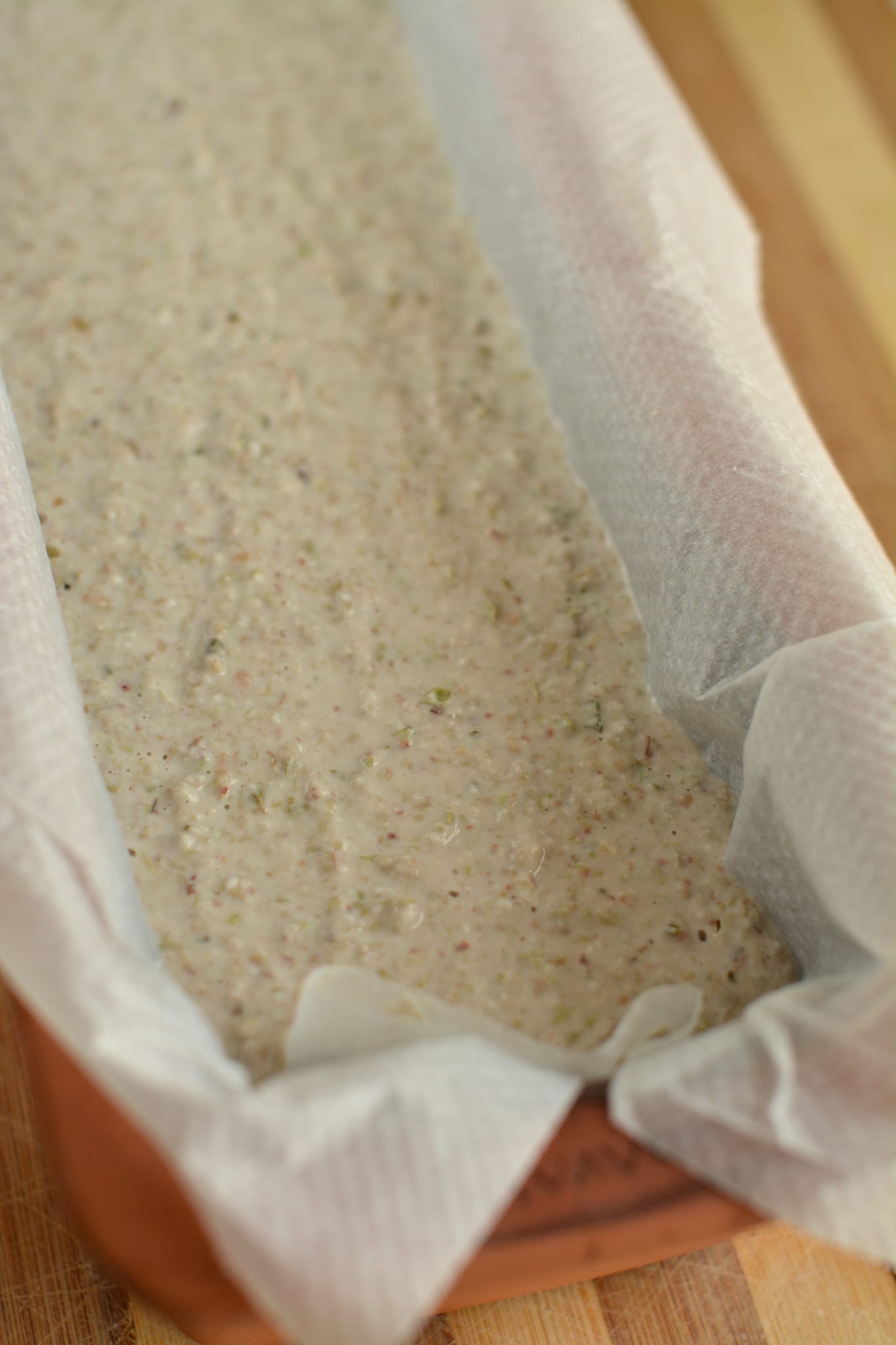
Make sure to watch the below video for visuals!
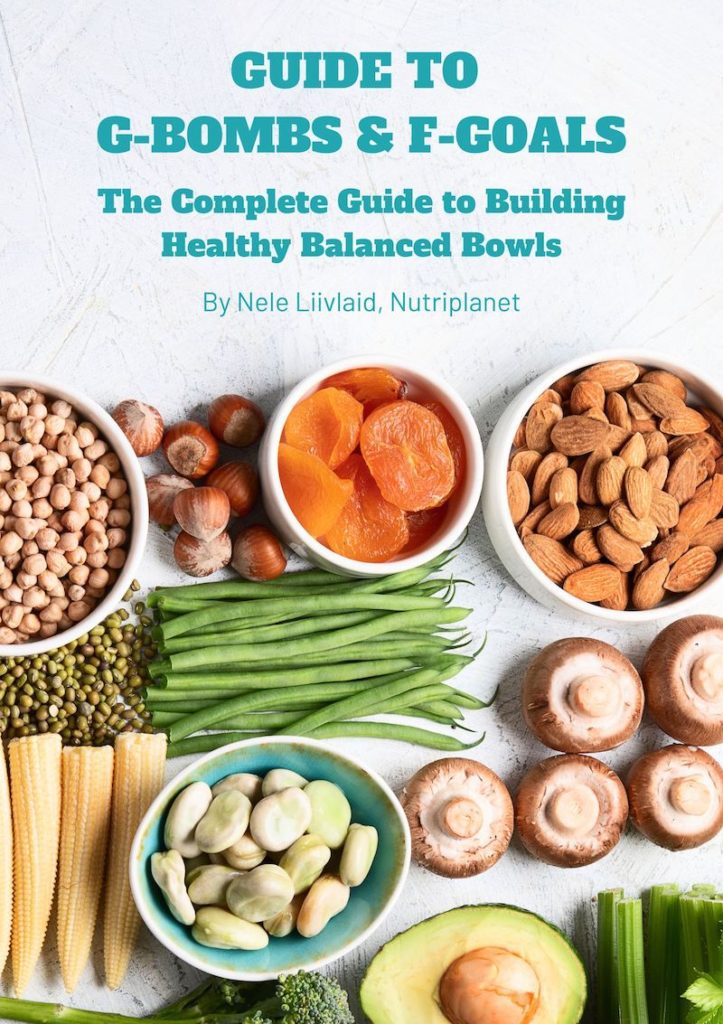
Step-by-step visual guide to building your own balanced bowls.
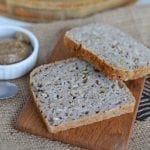
Fermented Buckwheat Bread Recipe
- Total Time: 1 hour 10 minutes
- Yield: 22 slices 1x
- Diet: Vegan
Description
Learn how to make fermented buckwheat bread that uses no starter and is also gluten-free and sugar-free.
Ingredients
- 425g (15oz) raw buckwheat groats
- 290ml or grams of water (10.2oz) + water for soaking buckwheat
- ½ tsp. Himalayan salt
- 2 tbsps. oregano
- 3 tbsps. of sunflower seeds
Instructions
- Soak buckwheat groats for at least 6 hours. It’s very important to rinse the soaked groats well (they get slimy after soaking) and let drain for at least 5 minutes to get the extra water out. If you don’t follow this step with scrutiny, your batter may end up too runny and the bread won’t rise.
- Place drained buckwheat groats into blender with 290ml of water. Blend on low speed until smooth batter forms.
- Pour the batter into plastic or glass bowl (do not use metal bowl). Cover the bowl with clean cloth and place into a warm oven (35°C, 95°F).
- Let the batter ferment for 7 hours. After 7 hours you’ll see that the batter has risen and small bubbles have formed. If you don’t see that, let it ferment a bit longer. Now add all the other ingredients to this buckwheat bread recipe, gently and briefly stir with wooden or plastic spoon (do not use metal spoon). Do not over-mix as the batter will lose its fluffiness.
- Pour the batter into a loaf pan lined with parchment paper. Now, you can put the bread back into warm (not hot!) oven and let it rise for another few hours or you can bake it immediately for 1 hour at 175°C (350°F). Let the bread be in the oven while it warms up. Count the hour from when the oven has reached the right temperature.
- If you used parchment paper, you can remove the bread from pan immediately and place it on folded kitchen paper (I use four layers) to absorb the moistness. Let the bread cool for at least 30 minutes before slicing (the longer the better).
Notes
One slice has 7.3 GL points.
- Prep Time: 10 minutes
- Cook Time: 1 hour
- Method: Baking
Nutrition
- Serving Size: 45g (1.6oz) slice (1/22 of recipe)
- Calories: 69.3 kcal
- Sodium: 26mg
- Fat: 1.07g
- Carbohydrates: 11.7g
- Fiber: 1.24g
- Protein: 2.58g
Zinc is an essential mineral that supports the immune system, digestive system, cellular growth and development, and more. This certified organic, liquid formula contains zinc derived from guava leaves, enhanced with Energized Trace Minerals for increased bioavailability.
Other combinations for flavouring:
- Olives and oregano
- Sundried tomatoes and oregano
- Sesame seeds and oregano
- Walnuts, prunes, cinnamon
- Sunflower seeds, pumpkin seeds, oregano
- Raisins, cinnamon
- Poppy seeds, goji berries
Tips on this fermented buckwheat bread:
- If you can’t set your oven to such low temperatures, ferment the bread batter at room temperature. I’d still recommend putting the bowl into oven for the most stable environment (less temperature changes or breeze). It’ll take about 16-24 hours.
- It is at its best when fresh.
- Slice the leftover bread and store in freezer. Heat up in the oven or toast slices whenever needed.
- Eat as it is or with hummus, guacamole or nut/seed spread for example.
- Should you like more sour taste, ferment the batter for longer.
Disclosure: this post contains affiliate links. As an Amazon Associate and Global Healing affiliate I earn from qualifying purchases. For every purchase made from the links in this post, you’ll be able to support my work. So you can look after your health, and contribute to my mission at the same time. Thank you!
Feel free to PIN the below image!
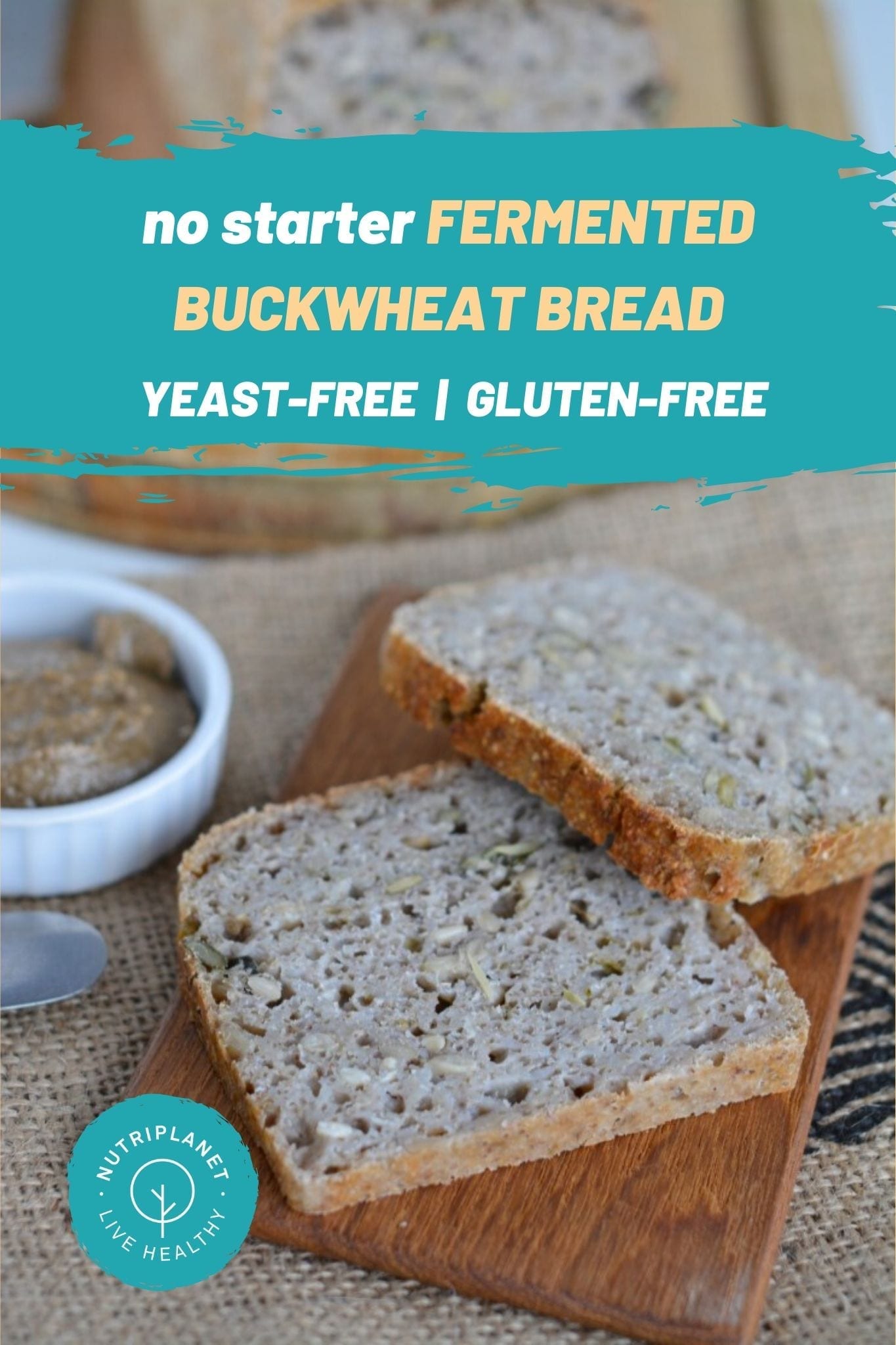
This post is also available in: Spanish

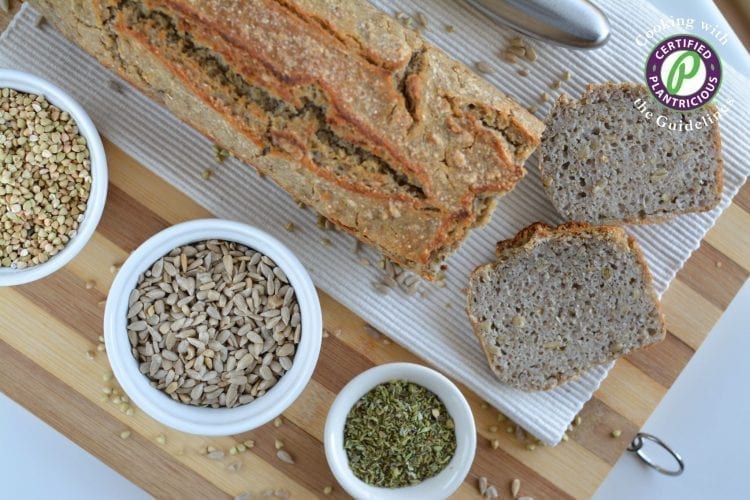
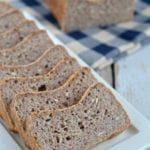
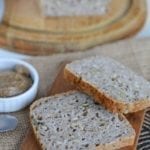
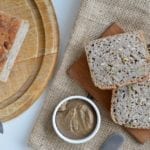











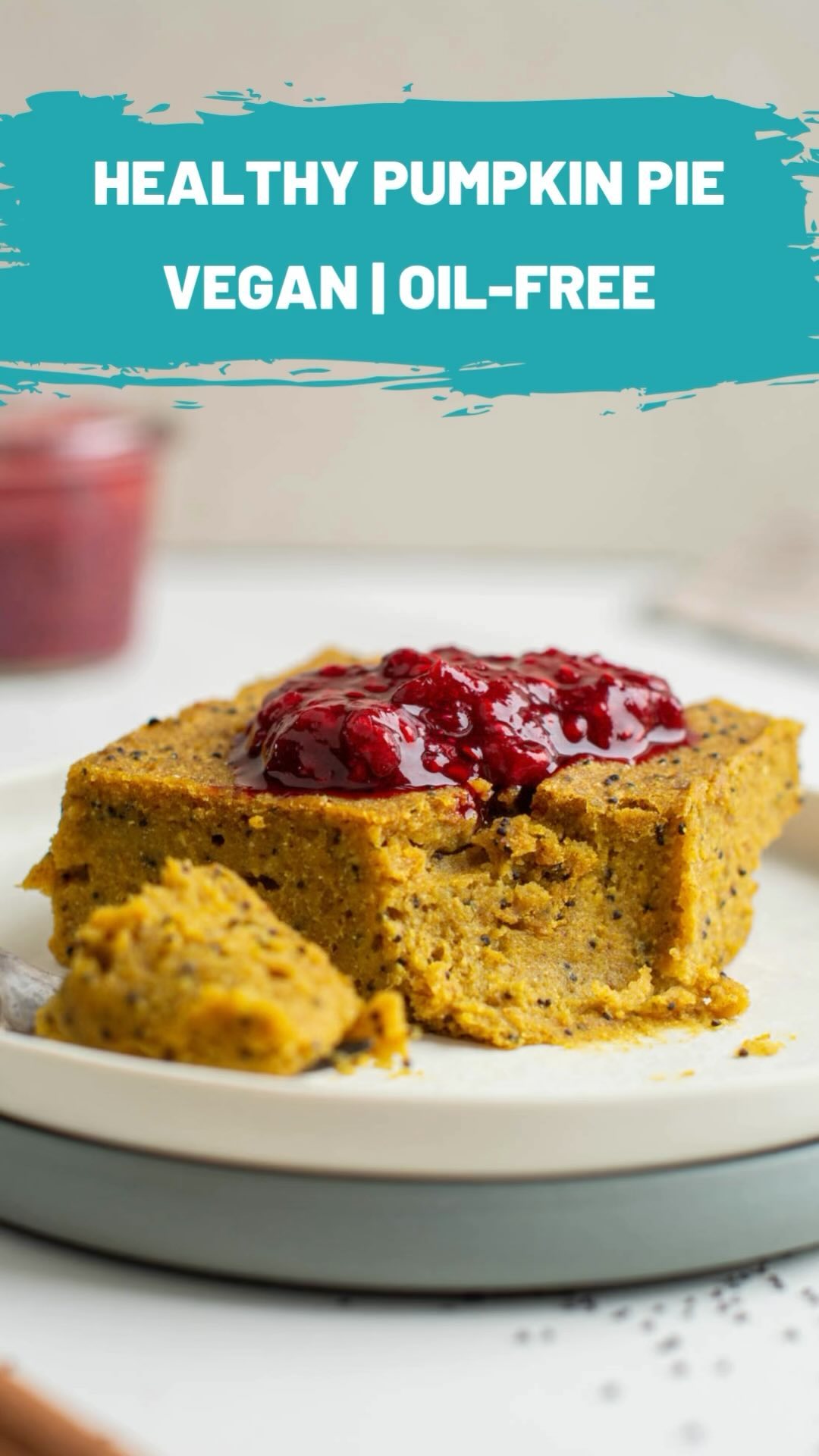










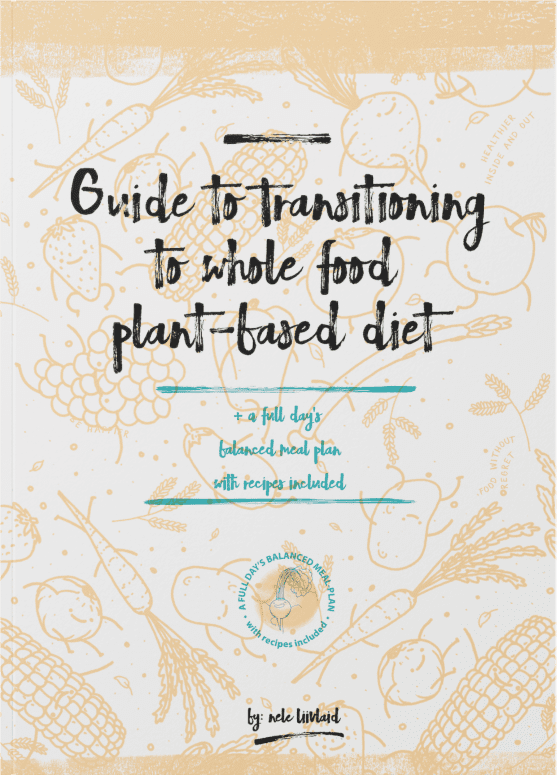
I really thought this was going to work out for me… but the end result is something that looks like I blended a bunch of beans then baked them. On the instructions is says soak at least 6 hrs what if they are soaked longer? Blending well I have vitamix but in order to get things well incorporated I needed to use more than a low setting.any suggestions? I drained the groats throrougly and did a longer fermentation procoess.
Hi Joelle,
I can’t figure out what might have gone wrong… Just to make sure you followed the instructions:
— soak RAW groats (no harm will be done of you soak them longer than 6 hours). Raw (unroasted) is the key here as roasted buckwheat won’t ferment.
— drain the soaking water and rinse well with clean water. Let drain for about 5 minutes to get rid of any excess water.
— blend with the soaked/drained/rinsed groats with clean water and let ferment in a bowl covered with clean cloth or plastic (make sure it’s not a metal bowl). If your oven goes down to 35C, it’ll ferment in about 7 hours. Should you ferment at room temperature, it can take up to 24 hours or longer depending on how cool or warm it is.
— You should be able to see small bubbles and the batter should have risen a bit before you mix in the herbs/salt/seeds.
BTW — I find it easier to use immersion blender to process the soaked groats and water. Otherwise yes, if you go for blender, you’d need to use higher setting and help with a spoon to get it swirling.
Did you also watch the video and compare the consistency with your batter? Did it look the same or very different? The only thing I can think of is that either your batter was too liquid or for some reason the fermentation did not happen.
I hope we can get to the bottom of this!
Hello, I didn’t use the oven method and let it fermentated for 24 hours. Bur I’ve realised there were 3-4 light green-ish/blue-ish spots on the surface. I’d thought maybe the seeds I’ve added before fermentating caused this but couldn’t be sure. Is it possible that it could get moldy?
I also didnt rinse after soaking because the recipe I’ve firs found said the gelly parts are important for fermentation which didnt make sense…
Thank you!
Hi! You definitely need to rinse the soaked groats well before blending the batter! I suggest you try again. To prevent any unwanted bacteria or mould developing, make sure you wash your hands well and use very clean equipment (blender, bowls, spoons).
I’d also recommend checking on the batter every now and then not to let it over-ferment.
Hi Nele, I left the soaked buckwheat in the fridge since the last time I contacted you. Will it still be okay to use?
Hi! It should be OK. Of course it depends on how long it’s been in the fridge 🙂 Anyway, in case it’s still fresh, you should be able to make bread with those!
i LIKE YOUR RECIPE AND BUY THE BUCKWHEAT FROM AMAZON. HOW COULD I MAKE THAT BENEFIT YOU? I AM NOT AWARE OF THE ASSOCIATES PROGRAM.
Hi! Thank you for being so considerate! When you click on the buckwheat link (it’s an amazon affiliate link) from the recipe and end up buying anything from amazon during that session, I earn a small %. Thanks again!
This is the first fermented bread I’ve tried to make. It’s in the oven now, but after pouring it into the pan, I’m pretty concerned that it shouldn’t be eaten. I don’t have an adequately low temp setting on my oven, so I let the batter ferment at room temperature for about 23 hours. I realize now that I could have baked it much sooner, but I was looking for obvious bubble signs on the surface of the dough, and I didn’t see them. I only watched your video after the fact, and I see that there weren’t really obvious signs of bubbling on the surface of your dough either. So, I think I was waiting for a bigger effect than needed.
That said, when I stirred it up and added it to my loaf pan, I definitely got a bad smell. Not an alcohol-y or vinegar-y smell that you might associate with sourdough, but something closer to rotten eggs or something fecal (yeah, fart smell). Not super strong, but definitely there.
I’m baking it anyway to see how the consistency is, because the batter also seemed less liquid than yours, although I followed your specifications exactly as far as measurements and rinsing and draining.
It’s probably not safe to eat though, right?
Hi Lauren!
Yes, only tiny bubbles are sufficient. This is why I’d suggest fermenting in a glass bowl — so that you can see what’s going on throughout the batter. 23 hours might be too long — in my experience it takes about 16-18 hours at room temperature.
Indeed, some people might find the smell of fermentation unpleasant. However, this doesn’t mean that the bread is not edible. Unless there are visible signs of mould… Also, the smell should be gone after baking — if it still feels weird, then I’d say don’t eat it and try another batch with shorter fermentation time.
Anyway, let me know what came of your loaf! 🙂